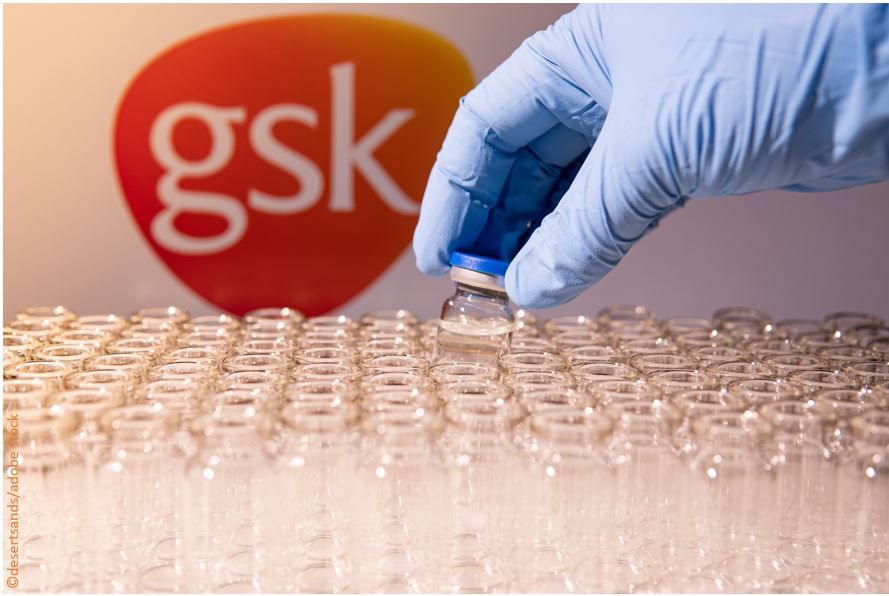GSK Announces FDA PDUFA Date for 5-in-1 Meningococcal Vaccine Based on Acceptance of BLA
The FDA expects to take action on the GSK BLA for its pentavalent MenB vaccine by February 14, 2025.
©desertsands/stock.adobe.com

GSK today announced the US Food and Drug Administration (FDA) has accepted for review a Biologics License Application (BLA) for its 5-in-1 meningococcal ABCWY (MenABCWY) vaccine. The federal agency has set a PDUFA date for a decision of February 14, 2025.1
The MenABCWY vaccine combines the antigenic components of 2 well-established GSK meningococcal vaccines with demonstrated efficacy and safety profiles, Bexsero (meningococcal group B vaccine) and Menveo (meningococcal [Groups A, C, Y, and W-135] oligosaccharide diphtheria CRM197 conjugate vaccine).1 The new combination vaccine will target the 5 groups of the bacteria Neisseria meningitidis (Men A, B, C, W and Y) that cause most invasive meningococcal disease (IMD) cases globally1 and do so with 2 injections 6 months apart vs separate MenB and MenACWY vaccinations given separately as 4 or 5 doses between ages 11 and 18 years.2
The data
The vaccine candidate met all 11 primary endpoints specified in its pivotal phase 3 randomized, multicountry clinical trial. The trial evaluated the vaccine in 3650 healthy individuals aged 10 to 25 years in 2 doses, 6 months apart.1 Among the multiple primary endpoints met were immunologic noninferiority to a single dose of Menveo and noninferior immune responses against 110 diverse MenB invasive strains when compared with 2 doses of the company’s MenB vaccine Bexero. The 110 strains represent 95% of MenB strains circulating in the US, according to GSK.1
MenABCWY was well tolerated, with a safety profile consistent with Bexsero and Menveo, the company said.1
“These statistically significant phase 3 data are a very encouraging step toward reducing the incidence of meningococcal disease,” Tony Wood, PhD, GSK chief scientific officer, said in a company statement at the time the results were announced.3
Meningococcal disease
According to the National Foundation for Infectious Diseases, IMD is unpredictable but serious and can cause life-threatening complications, including death in as few as 24 hours.4 Even when treatment is administered, approximately 1 in 6 people with IMD will die. Among those who do recover, there may be serious and permanent sequelae, including brain damage, kidney damage, hearing loss, and amputation.4
Although anyone can get IMD, certain groups are at increased risk including infants younger than age 1 year, adolescents and young adults aged 16 to 23 years, college students living in congregate housing, and individuals who are immunocompromised.4
Recommendations for meningococcal vaccination against all 5 serogroups have been in place in the US since 2015 however annual rates continue to be low, with some part of the poor uptake related to the complex schedule.5 Vaccination against MenB is subject to shared clinical decision making between health care provider and patient recommended by the CDC; fewer than 12% of US adolescents have received the 2 required doses.6
“In the US, routine use of a 5-in-1 meningococcal vaccine with a 2-dose regimen in adolescents at 16 to 18 years of age, just before this disease’s incidence peak, could drive significant public health impact,” Wood added.3